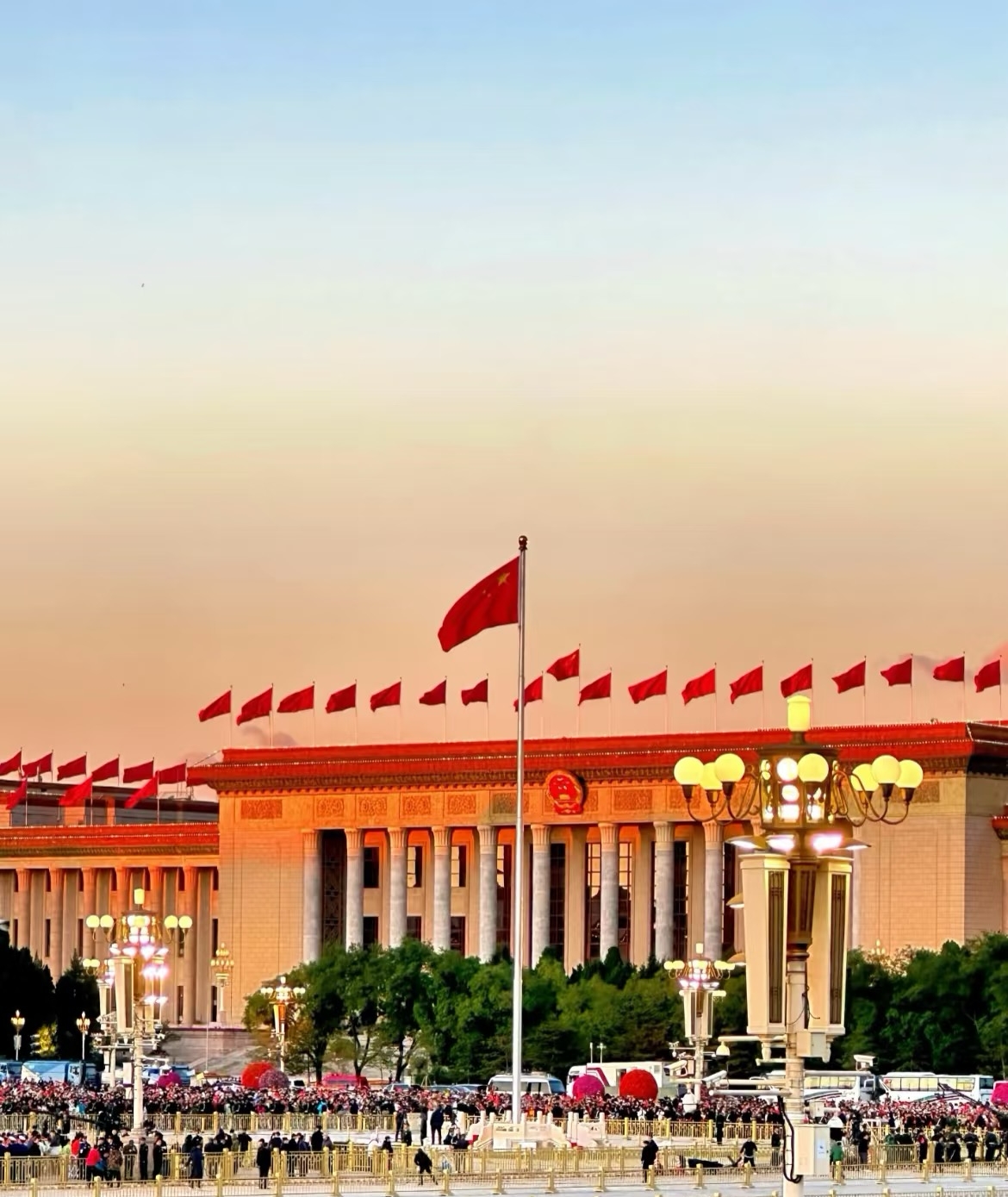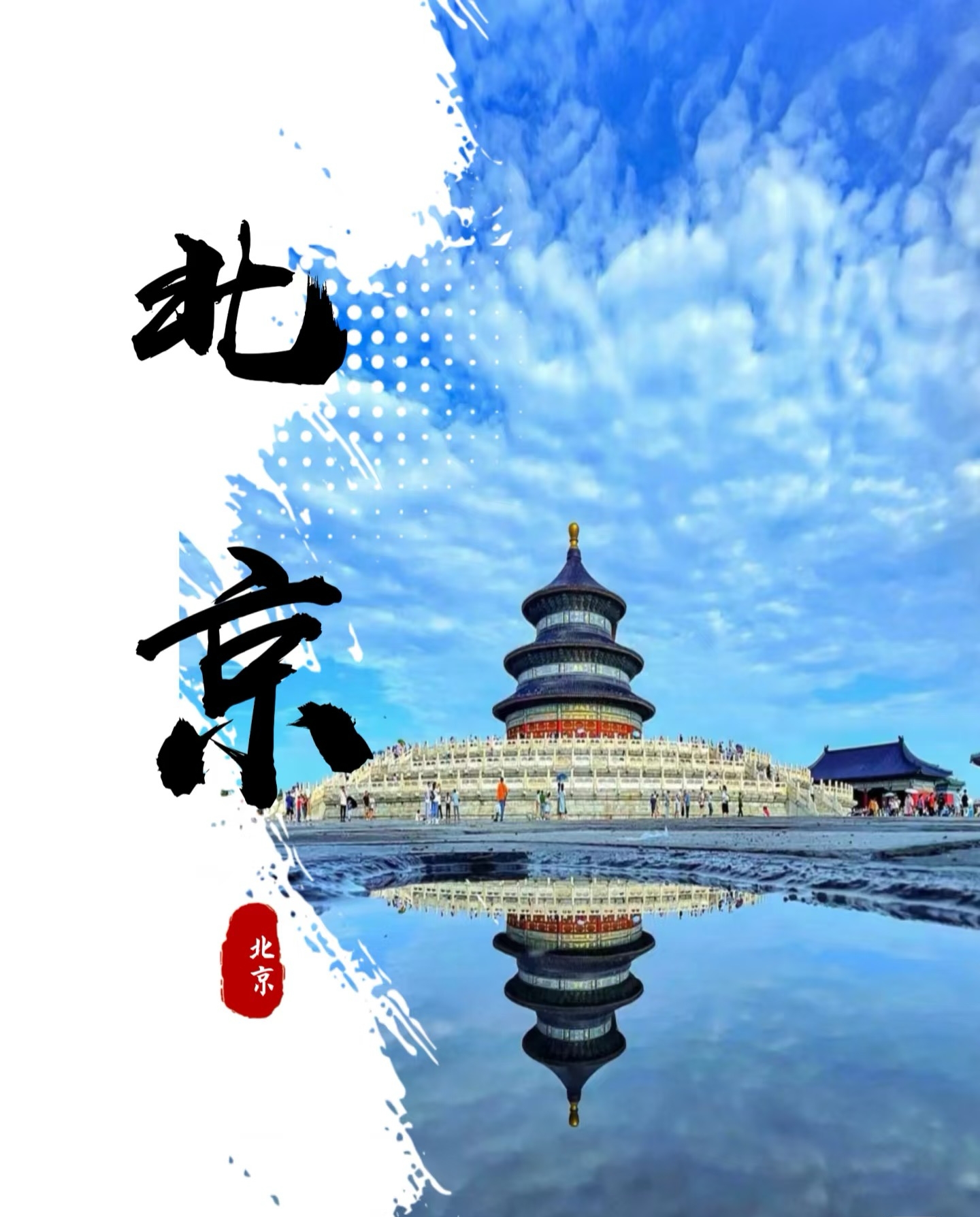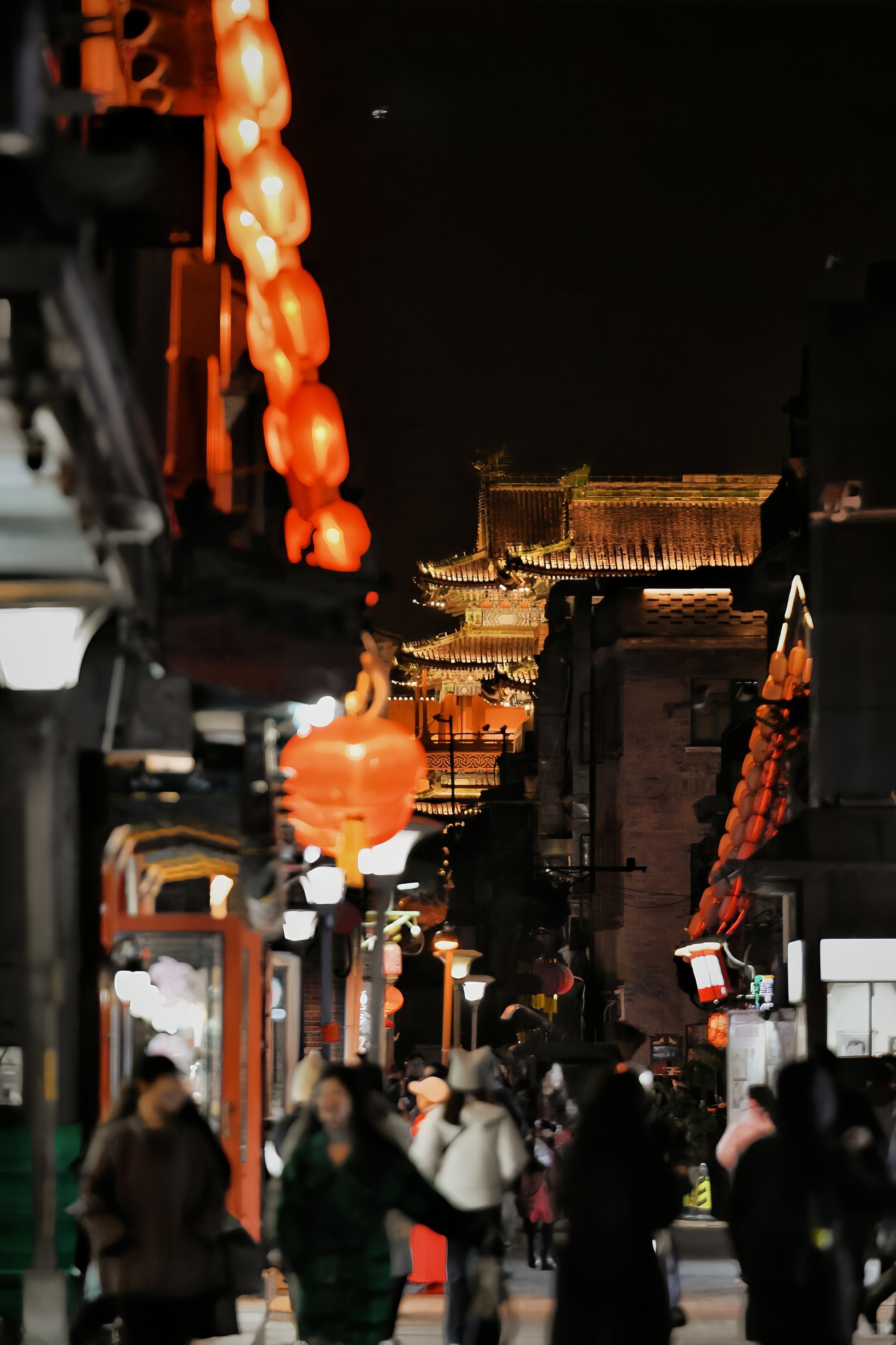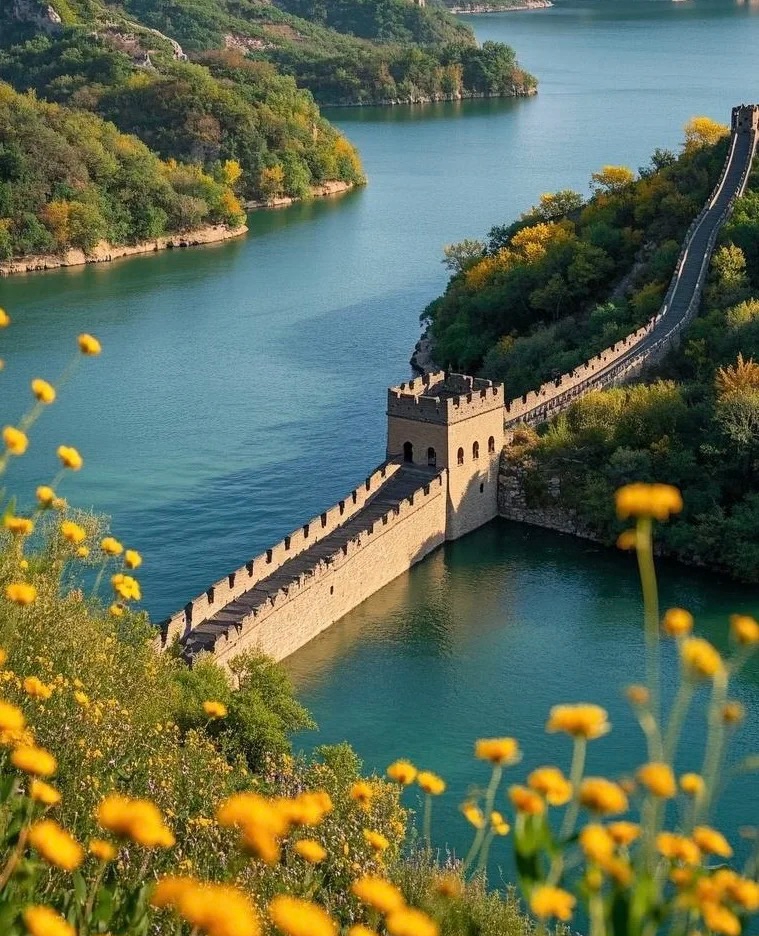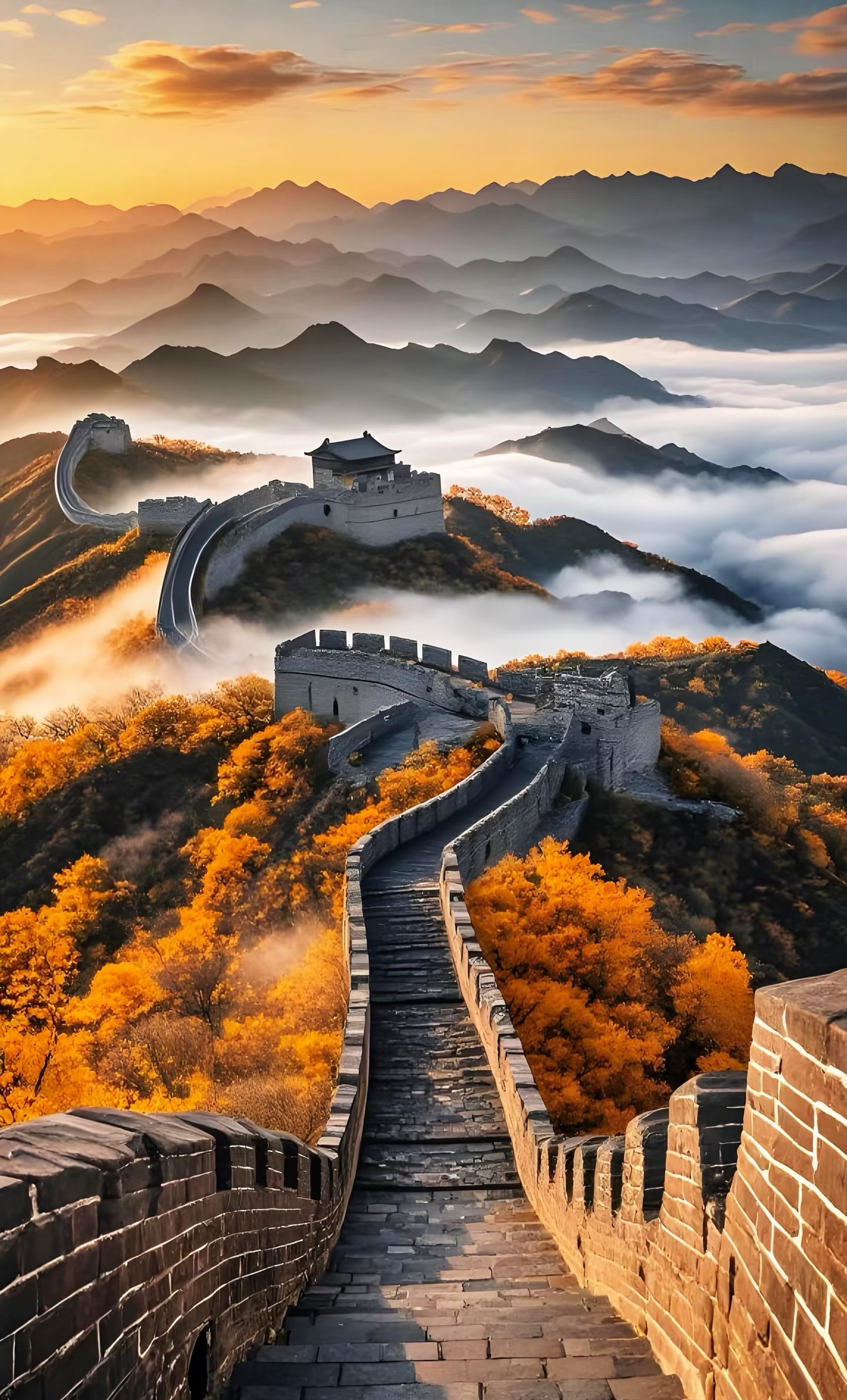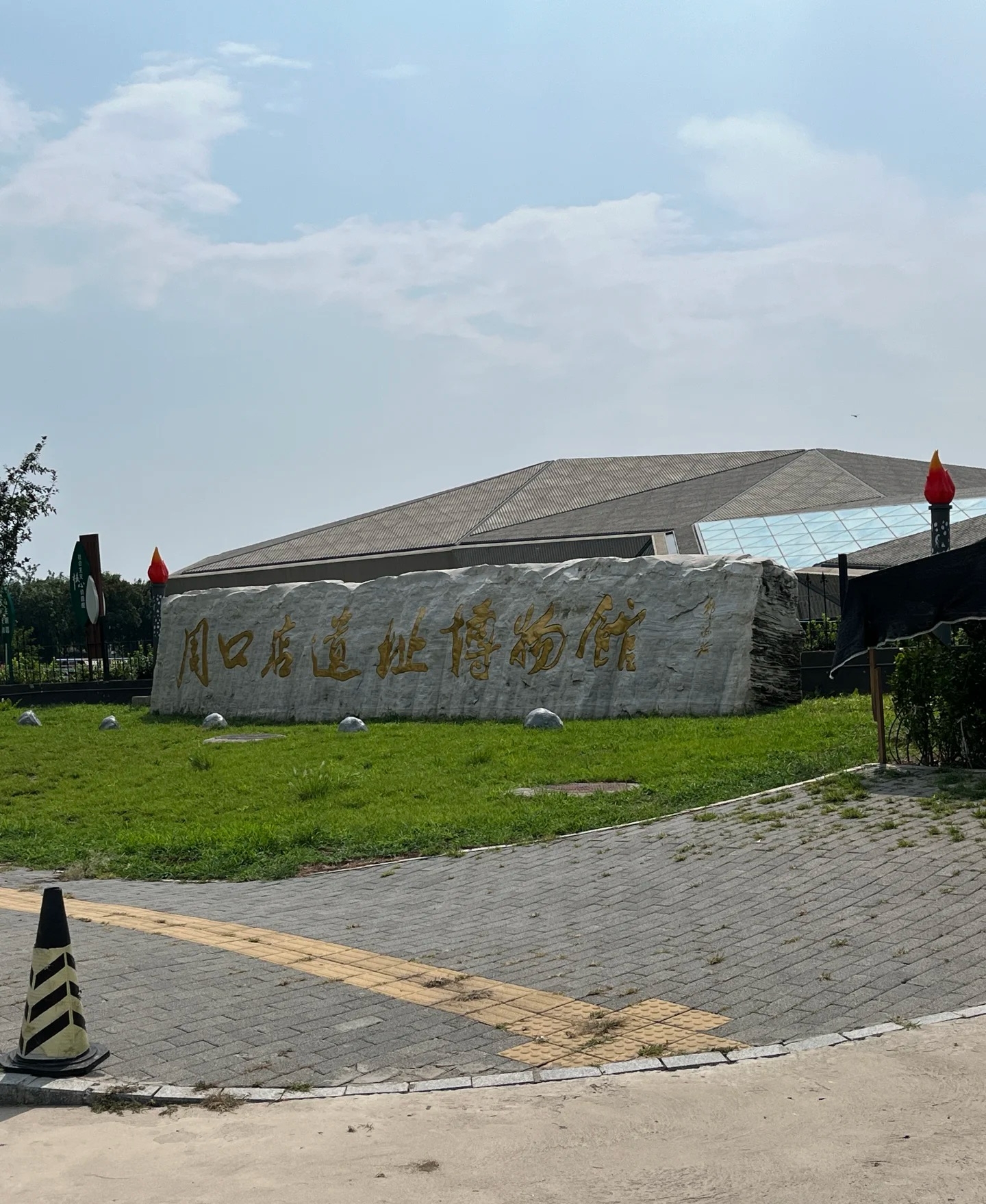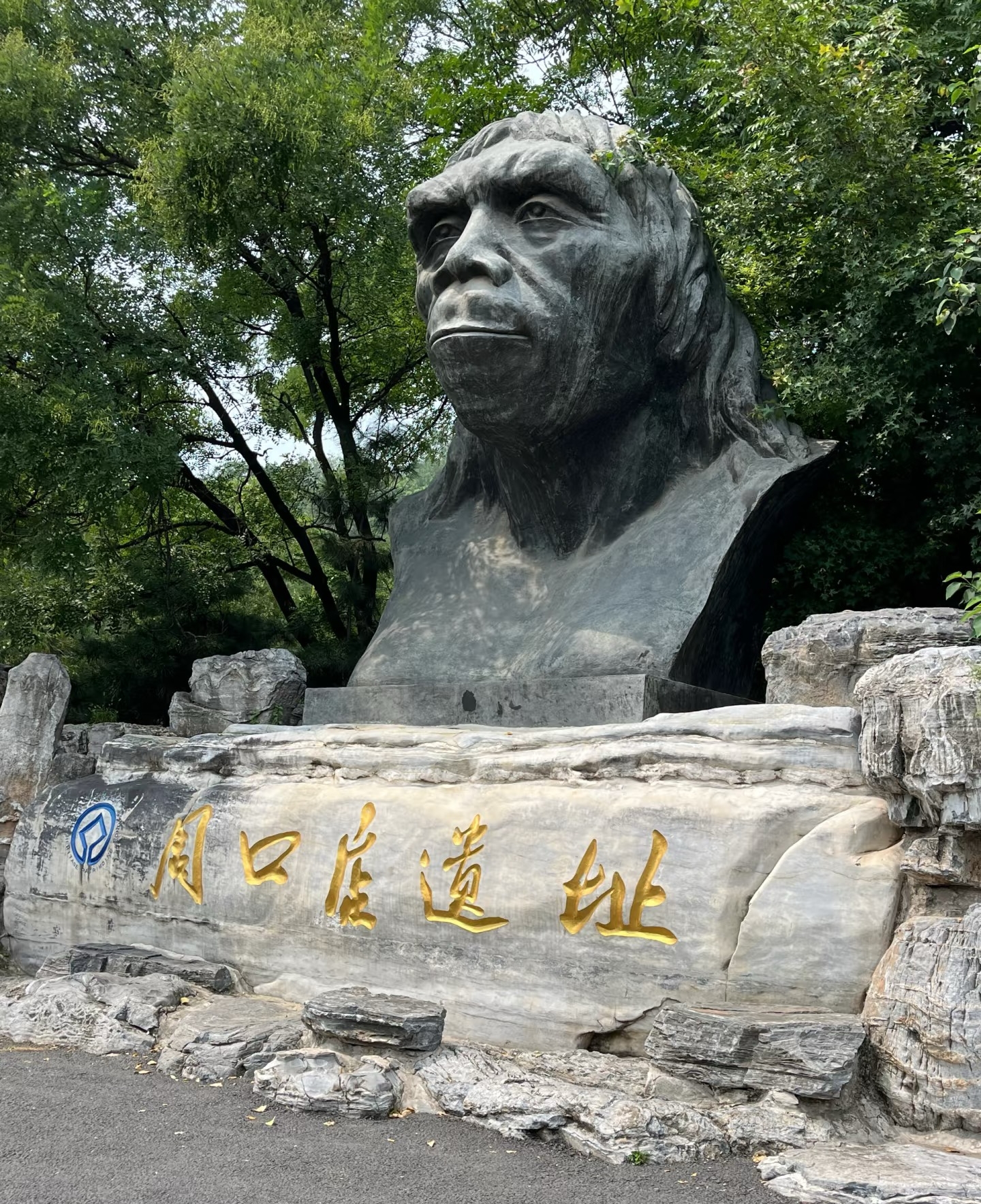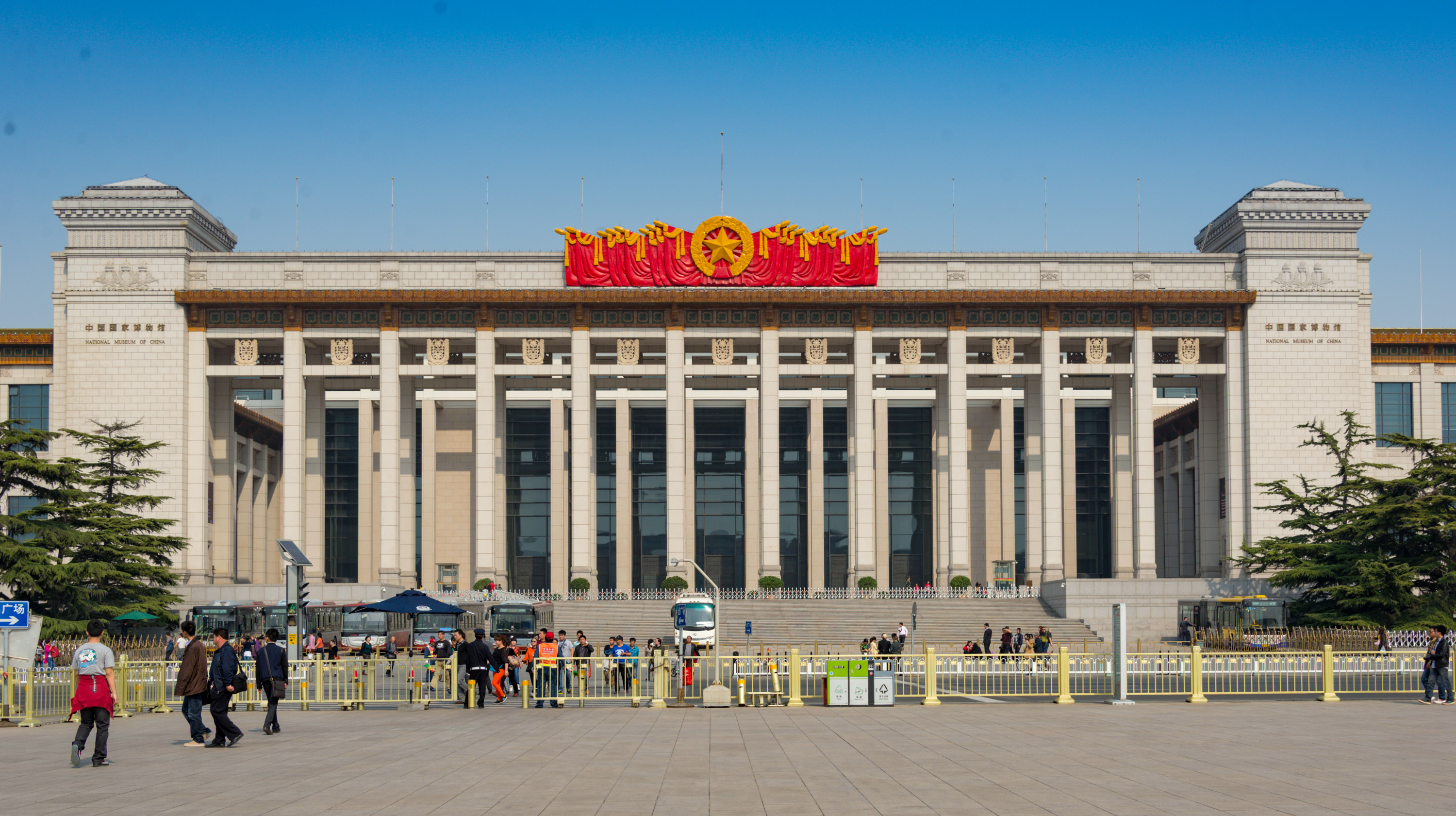

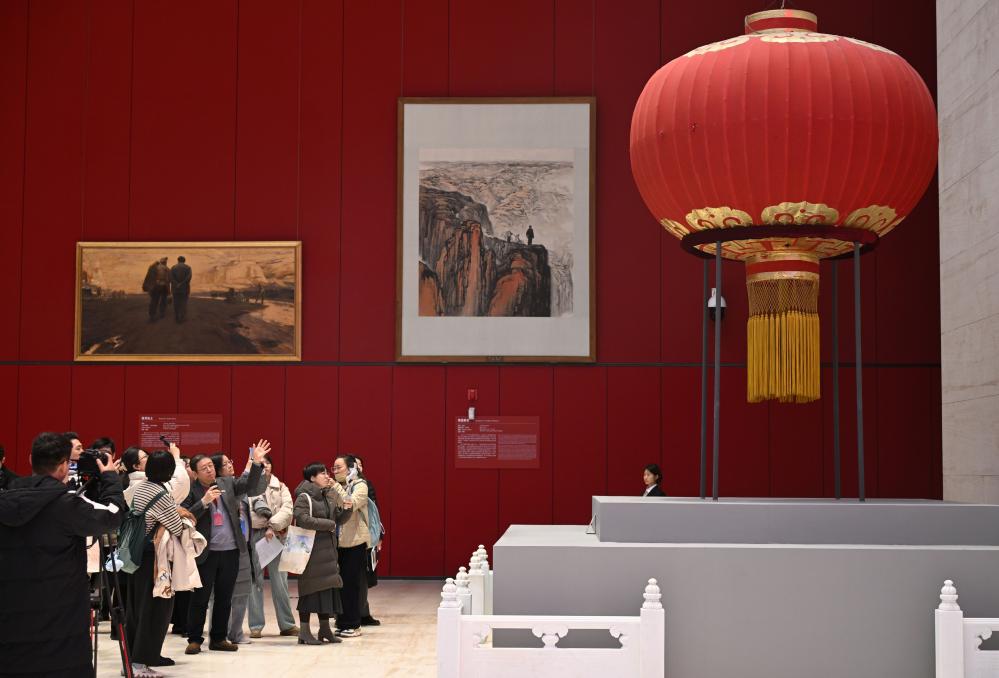
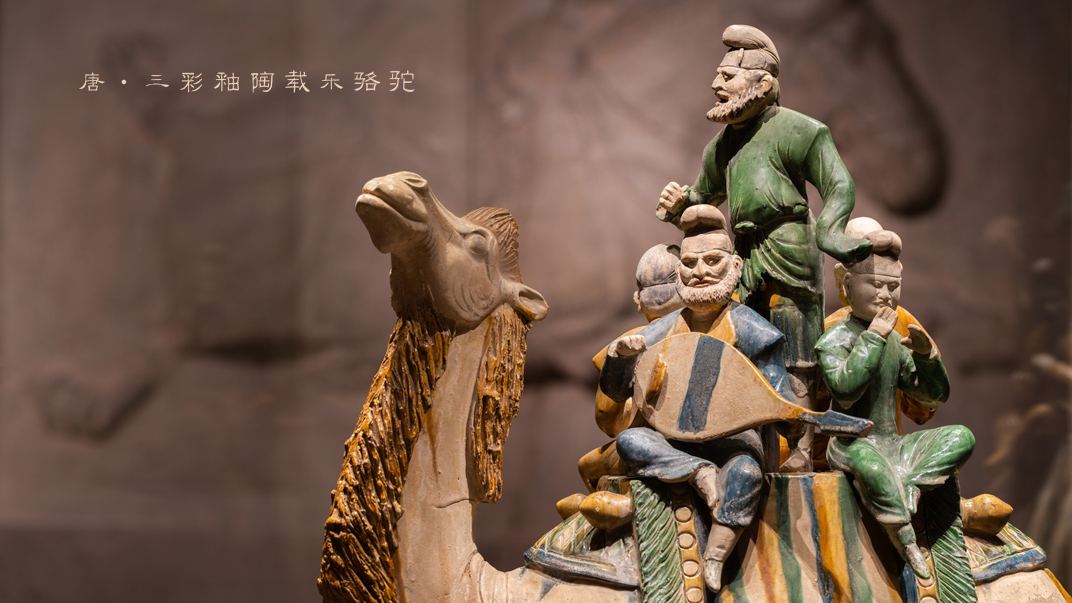
National Museum of China
The National Museum of China, located on the eastern side of Tiananmen Square, is one of the largest museums in the world, combining the former Museum of Chinese History and the Museum of the Chinese Revolution. Covering an area of over 190,000 square meters, the museum houses a collection of more than 1.4 million cultural relics that span from prehistoric times to the present day. Its permanent exhibitions include impressive displays about China's ancient civilizations, revolutionary history, and contemporary development. The museum plays a crucial role in national narrative and cultural education, offering detailed insights into China's historical trajectory, political evolution, and cultural achievements. With its massive scale, comprehensive collections, and sophisticated exhibition design, the museum serves as a critical platform for understanding China's complex historical and cultural landscape.
Information
Ticket price
Time
Location
16 East Chang'an Avenue, Dongcheng District, Beijing, China
View maps
More about the trip
🏛️ China's Premier Museum
World's Largest Museum Complex: Covering 190,000 square meters with 1.4 million cultural relics, this massive institution presents China's complete historical narrative from ancient civilizations to modern achievements.
🎨 Major Exhibition Halls
- Ancient China: 5,000 years of civilization from Paleolithic to Qing Dynasty
- Modern China: Revolutionary history from 1840 to People's Republic founding
- Chinese Ethnic Groups: 56 ethnic minorities and their cultural diversity
- Temporary Exhibitions: Rotating world-class displays and special collections
- National Treasures: China's most significant archaeological discoveries
🏆 Unmissable Artifacts
- Simuwu Rectangle Ding: World's largest ancient bronze cooking vessel
- Terracotta Warriors: Selected pieces from Xi'an archaeological site
- Ancient Porcelain: Masterpieces from famous kilns across dynasties
- Historical Documents: Original texts and imperial edicts
- Revolutionary Artifacts: Items from China's modern transformation
⏰ Strategic Visiting
- Duration: Minimum 4 hours, full day for comprehensive tour
- Early Arrival: 9 AM opening to avoid crowds
- Free Admission: Valid ID required, advance booking recommended
- Audio Guide: English available, highly recommended for context
🗺️ Recommended Route
- Start: Ancient China galleries for chronological foundation
- Middle: Special exhibitions and national treasures
- End: Modern China section for historical conclusion
- Breaks: Cafeteria and rest areas available on multiple floors
👨👩👧👦 Educational Programs
- Guided Tours: Expert-led tours in multiple languages
- Interactive Displays: Multimedia presentations and hands-on exhibits
- Cultural Workshops: Traditional crafts and calligraphy classes
- Lecture Series: Academic presentations on Chinese culture and history
💡 Visitor Tips
- Download the official app for self-guided tours
- Wear comfortable shoes - extensive walking required
- Bring phone charger - lots of photo opportunities
- Visit museum shop for high-quality cultural souvenirs
- Combine with Tiananmen Square visit for full cultural day
🌍 International Significance
As China's flagship cultural institution, the museum serves as a bridge between Chinese civilization and global understanding, presenting China's contributions to world culture and history.
📚 Research Resources
The museum houses extensive research facilities, libraries, and archives, making it a valuable resource for scholars and serious students of Chinese culture and history.

